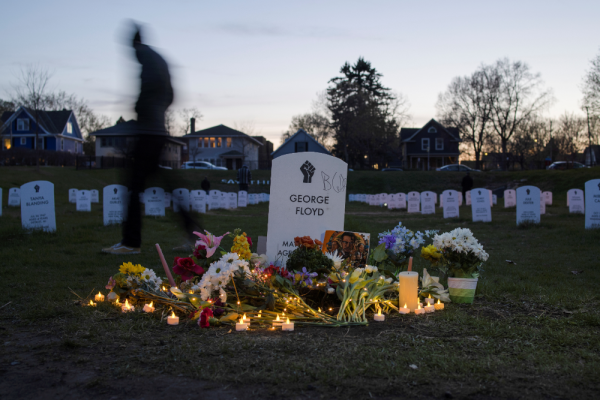Apr 23, 2021
By now the ritual is regrettably predictable. A public official approaches a podium emblazoned with an official seal, perhaps flanked by the flags of their city and state, and maybe the U.S. flag. Just outside the frame, the shutters of a dozen cameras snap, capturing the official’s somber expression and ever-so-gently bowed head.
Read the Full Article

Already a subscriber? Login
